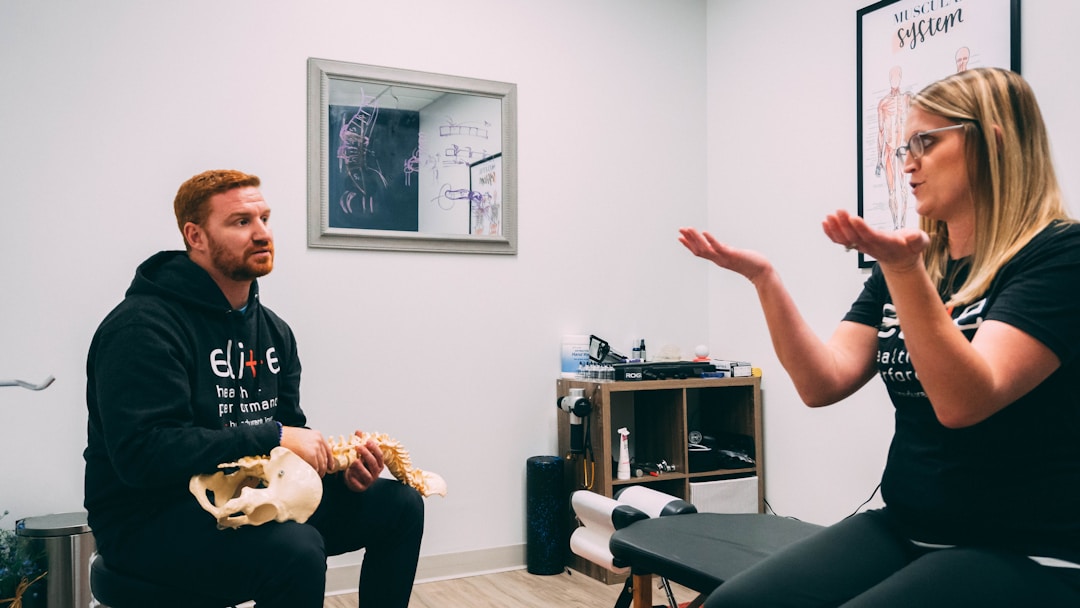Back pain can be debilitating due to the central role your spine plays in everyday movement. It is impossible to work, play, clean, or move around without using and putting pressure on your spine. Lower back pain is one of the most commonly reported chronic pains, and many things can cause it. For example, back pain can be caused by an injury or accident, and it can be as simple as lifting something incorrectly. It can be caused by years of wear and tear if you have a physically engaging job or moving around and working with a weak core and poor posture. The spine is amazing in its complexity and functionality. However, it is also amazingly susceptible to injury.
Once you have spinal pain, it can be challenging to get rid of because of its fragile nature and constant engagement. However, that doesn’t mean you are hopeless and destined for a life of pain. Here are ways to alleviate spinal pain to discuss with your doctor.
1. Surgery

Surgery is the most invasive option, but it may be your only option depending on the type of injury you are dealing with. Interventional spine medicine encompasses an umbrella of procedures that range from minimally invasive to very invasive. Interventional procedures include cervical endoscopic surgery, discography, dorsal root ganglion therapy, endoscopic laser facet rhizotomy, and epidural lysis of adhesions. The type of surgery you will need will depend entirely on the type and extent of your injury. You will need to consult your healthcare professionals, get X-rays, and possibly see a specialist explore all of your surgical options.
2. Chiropractor

Another option is going to a chiropractor like Dr. Robert Shire to get an adjustment. Chiropractic care can’t be used to correct physical damage to your spinal cord, discs, or vertebrae. A chiropractic adjustment can correct a misalignment that is placing painful pressure on specific parts of the body. When your backbone or hips are out of line, your weight is not being evenly distributed throughout your body. Your chiropractor will take X-rays of your back and discuss with you the problem areas and concerns before suggesting a treatment plan. It may seem scary or intimidating if you’ve never been to a chiropractor, but adjustments are not painful and can offer instant relief if effective.
3. Core Strengthening

If the pain results from excessive weight, poor posture, or a weak core, your doctor may recommend weight loss, core strengthening, or physical therapy. Your core encompasses all of the muscles in your midsection. While most people think of the core as their abdominal muscles, it includes the lower back and oblique muscles as well. These muscles help to hold your body up while you sit and stand, and they help you move from different positions. Anyone who has had a lower back or abdominal surgery knows how hard it is to make nearly any movements when those muscles have been disabled. Strengthening your core will take pressure off your back, which will alleviate at least some of the pain.
Back pain can be miserable, and it can negatively impact your overall physical and mental health by limiting your ability to do anything without pain. It is critical to talk to your doctor and not wait until it is unbearable. While it depends on the cause of the pain, getting help early may give you more options. You may be able to seek out noninvasive opportunities that work and avoid back surgery. However, if surgery is your only option, it will be worth the temporary discomfort and time off work to alleviate a lifetime of pain.



